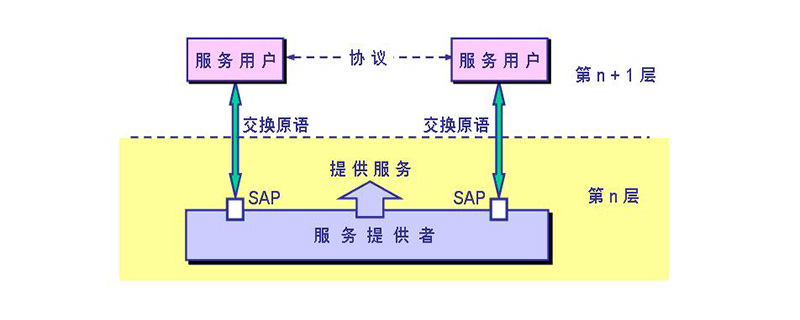Home >Common Problem >what is sap?
what is sap?
- little bottleOriginal
- 2019-05-16 11:30:41201512browse
The full English name of SAP is "Service Access Point", which represents the point where the upper layer accesses the services provided by the lower layer; SAP is a logical interface for mutual communication between adjacent layer entities, located at the boundary of the two layers; starting from the physical layer , each layer provides service access points to the upper layer, and each layer has SAP.

SAP is the abbreviation of Service Accessing point, which means the service access point, that is, the point at which the upper layer accesses the services provided by the lower layer. This article will introduce SAP to you in detail.

#SAP (Service Access Point) is the point at which the upper layer accesses the services provided by the lower layer. In computer architecture, the lower layer provides services to the adjacent upper layers, and the lower layer is transparent to all its upper layers.
SAP is a logical interface for mutual communication between adjacent layer entities ("entity" is the logical function of the corresponding layer), located at the boundary of the two layers. Starting from the physical layer, each layer provides service access points to the upper layer (except the application layer). Each layer has SAP, but the SAP content and representation form of different layers are different.
The following example illustrates the relationship between the MAC sublayer and LLC sublayer of the data link layer:
SAP is an interface for communication between the upper and lower layers of a hierarchical system. The LLC sublayer is for the network Various protocols in the upper layer provide services, and the upper layer may run different protocols. In order to distinguish the data of different upper layer protocols, service access points must be used.
The above is the detailed content of what is sap?. For more information, please follow other related articles on the PHP Chinese website!

